4 designers on the smart home feature they consider necessary
This technology is anything but intrusive


These days, it feels like every device and appliance is labeled as 'smart'.
The best toasters can now remember your desired settings, watches can detect your blood oxygen levels, and speakers can perfect their sound based on the room’s specific acoustics.
However, it’s becoming increasingly difficult to stay analog. According to a late 2022 survey performed by Cinch Home Services that surveyed 1,000 American men and women, over half of the respondents actually find smart home features to be intrusive – 55 percent to be exact.
The survey data goes further to show that over 70 percent of respondents think that voice-activated assistants are tracking what they say. However, some technology can be good, like heated bathroom floors and energy-saving thermostats.
Whether you’re an innovative homeowner or are a more skeptical type, here are four of our favorite ways to ways to set up a smart home without them being intrusive.
1. The air purifier

Having a smart home doesn’t have to mean voice assistants and automated devices, it can also mean incorporating products that make your home healthier. The best air purifiers can remove harmful toxins and pesky allergens from the air without you needing to lift a finger.
Plus, air purifiers can greatly limit the amount of dust that collects, cutting down on cleaning time.
Design expertise in your inbox – from inspiring decorating ideas and beautiful celebrity homes to practical gardening advice and shopping round-ups.
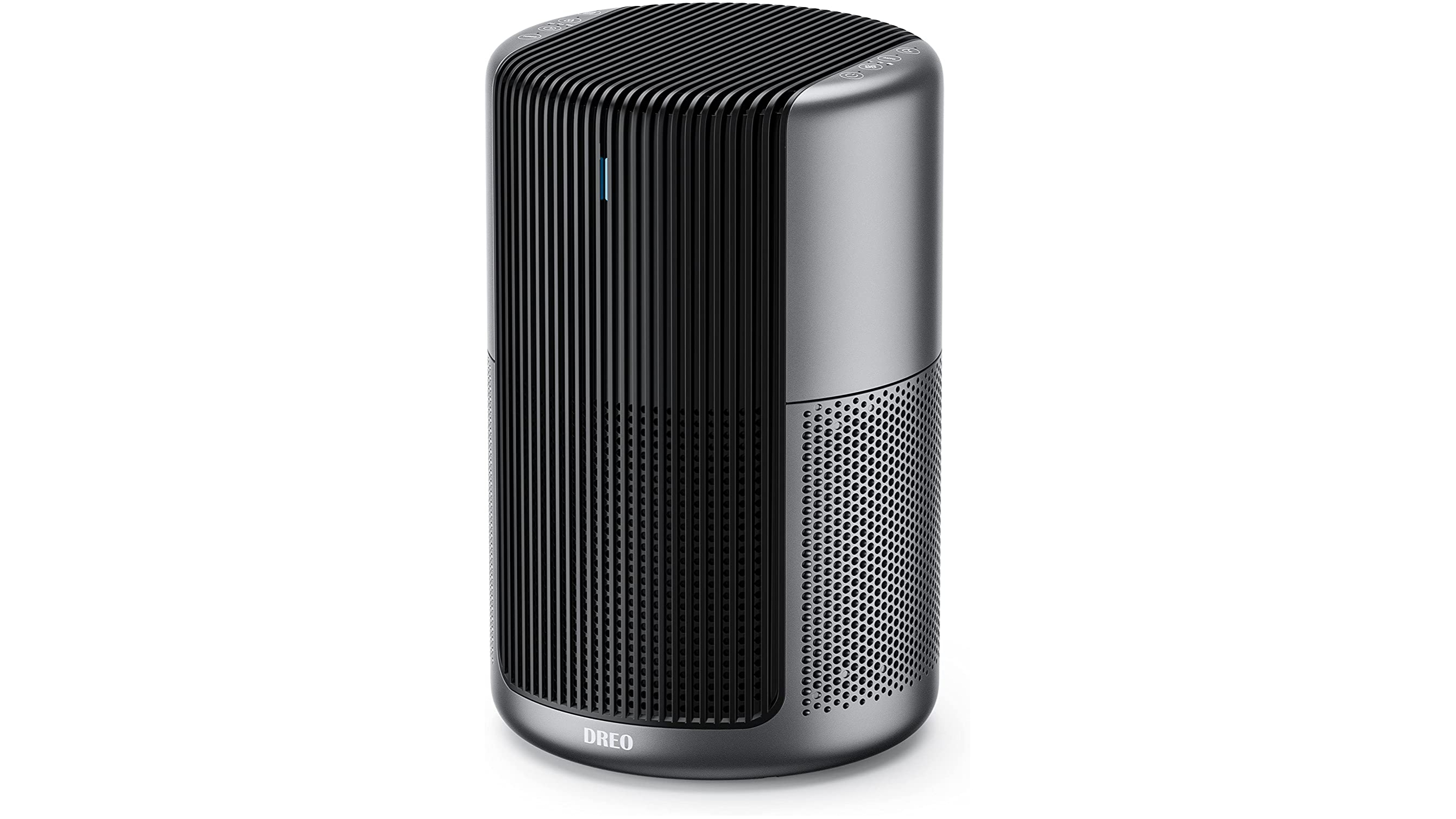
The Dreo Macro Pro is the best air purifier you can buy for under $100. It will remove pet dander and pollen up to five times an hour.
Our Dreo Macro air purifier review goes into more detail.

This clever fan has a powerful air purifier built-in, cooling your room at the same time as it removes harmful particles.
Our Blueair Blue Pure Fan air purifier review has more details.
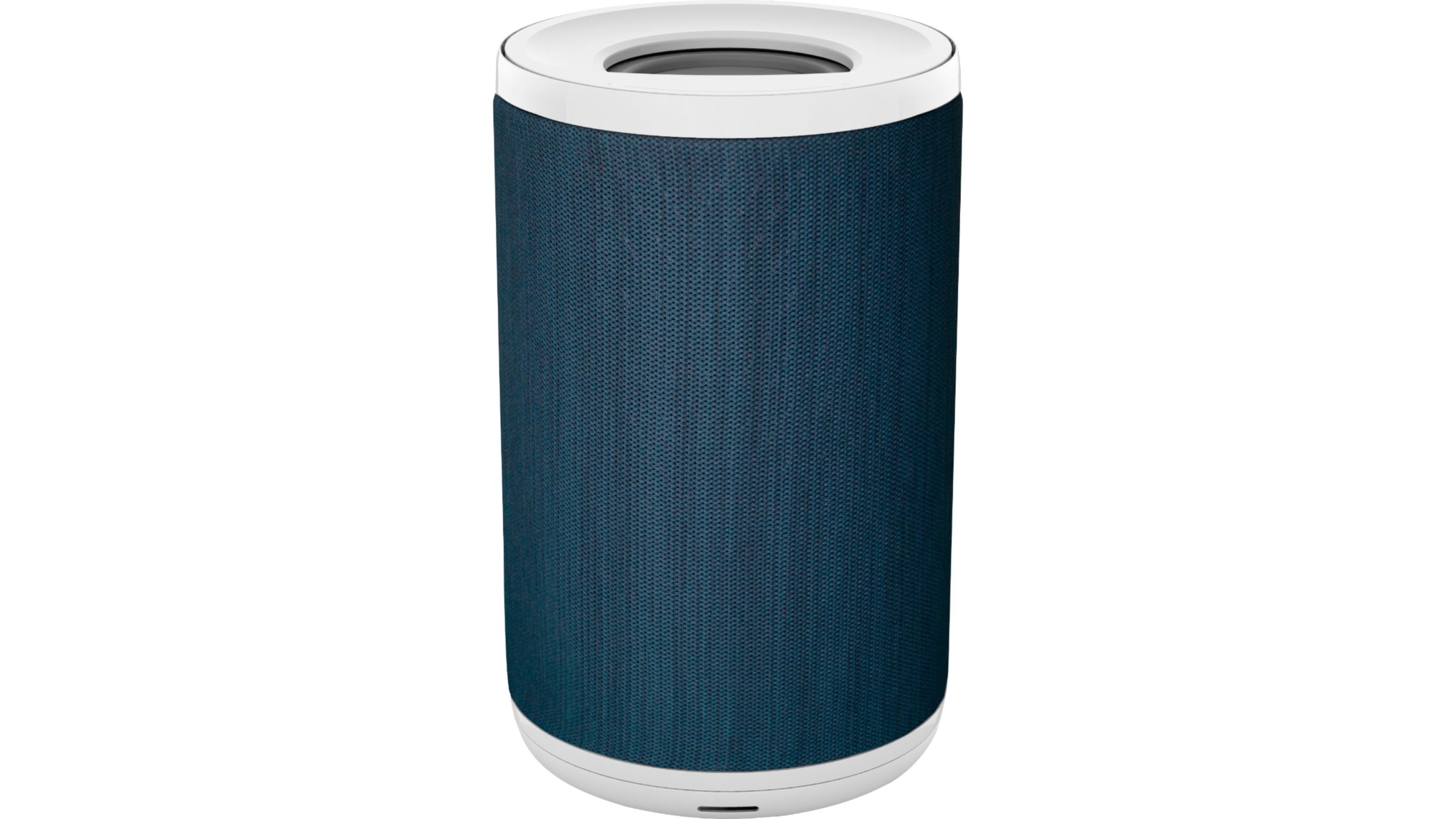
If you don't like white noise, our tests found that this premium air purifier is nearly silent. The handy app will let you monitor air quality in real time.
Our Aeris Aair Lite air purifier review has more details.
2. The Command Center
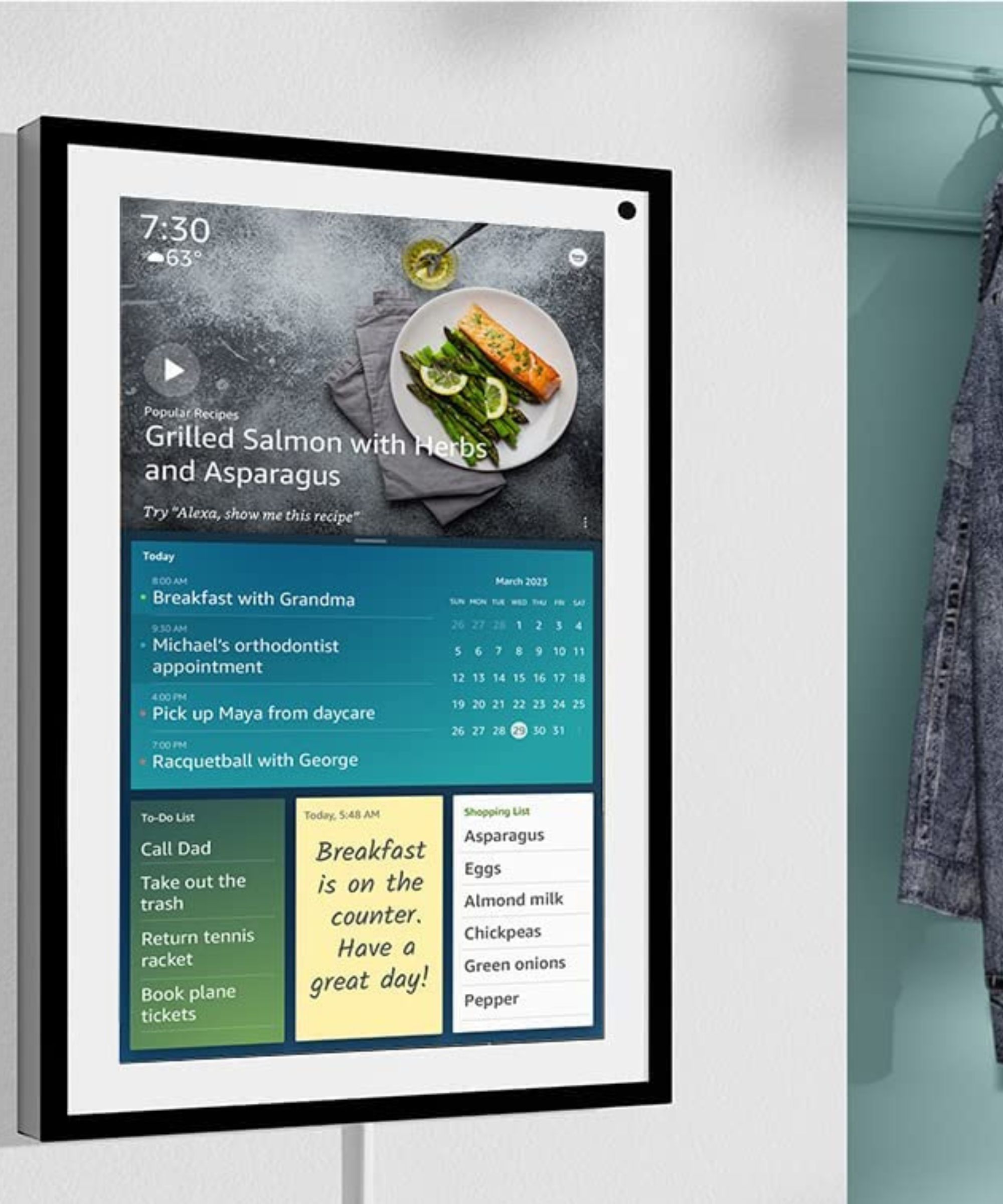
For those who want to streamline their home environment, but don’t want a myriad of devices and remotes laying around, designer James Stanley, the principal and founder of James StanleyNY, recommends a flush mount command center, such as an Amazon Echo Show.
'Adding controls into a system enables the client to easily manage all aspects of their environment,' he says. 'A product like this can aid with climate control, window treatments, lighting, media and home security, to name a few.'

James Stanley is the Principal and Founder of James StanleyNY, a boutique Architectural Design firm in Tribeca, New York. JSNY specializes in High-End Luxury Residential Renovations and James has created a bespoke experience for customers. James’ creativity and attention to detail can be seen at The Plaza, Tiffany & Co, and throughout residential homes in Manhattan.
3. The Water-Saving Showerhead
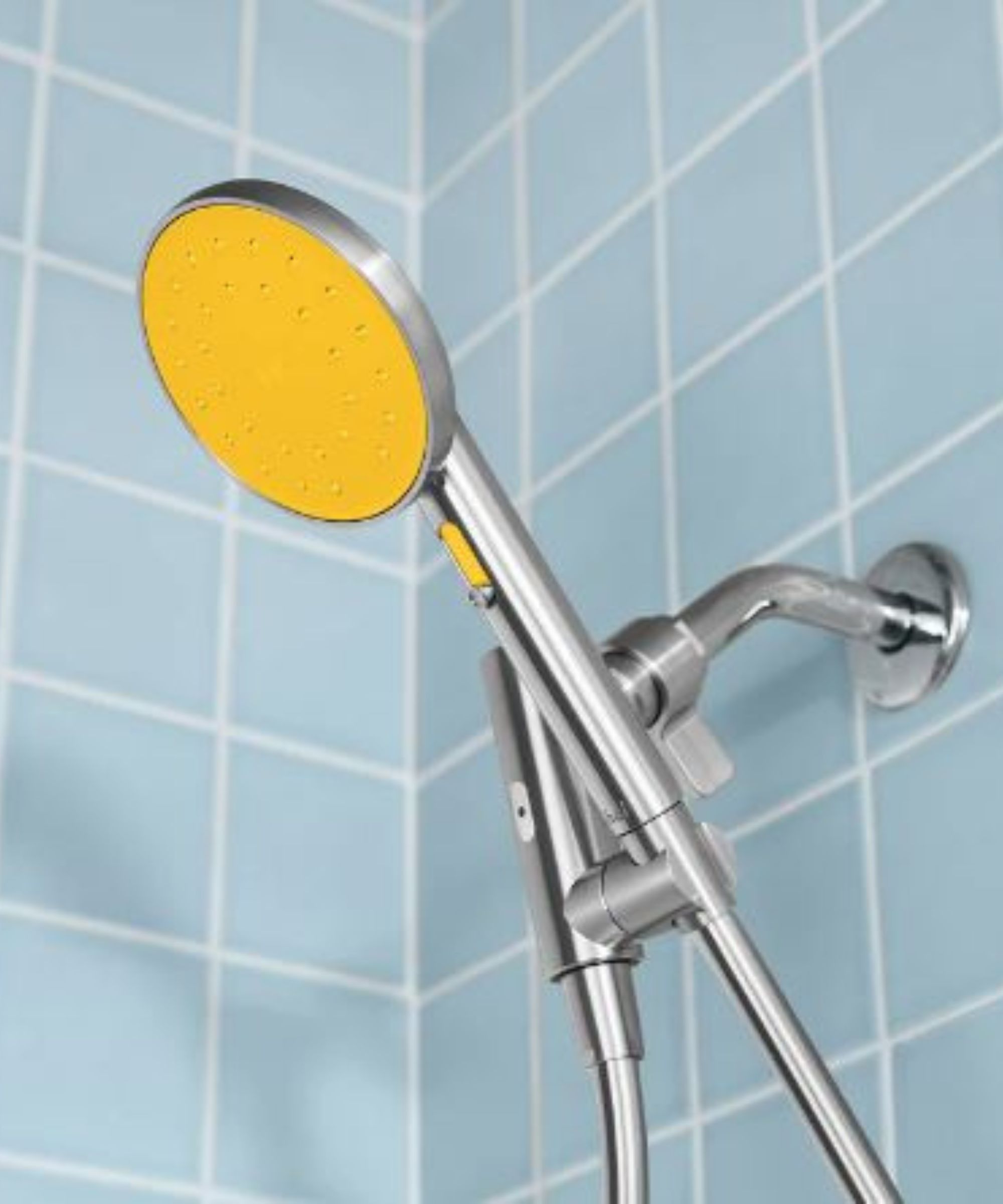
Tech-savvy devices can also aid in protecting the environment. The Hai showerhead (above) is not only pretty to look at, but it tracks and monitors your water usage.
The device syncs to an app on your phone and lets you know just how much water (and at what temperature) you’re using. The best part: it will text you when the shower reaches your ideal temp – no more waiting around.
4. The Smart Thermostat
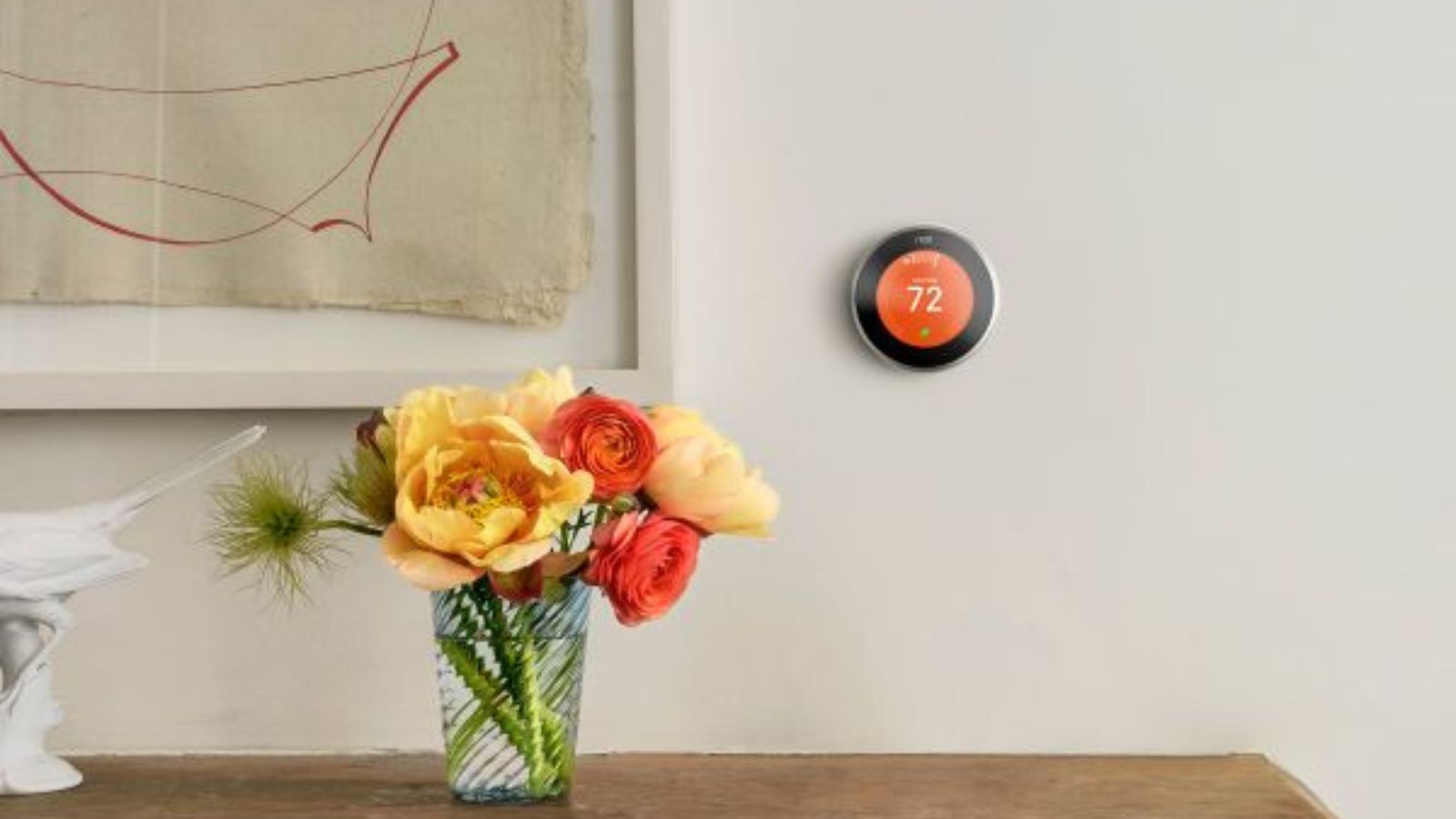
Wondering what a smart thermostat is and what it can do for you?
For designer Joe Borress, founder of Tri Star Electric & Automation, a Nest thermostat is his favorite way to incorporate smart technology without it feeling overbearing.
'These devices don’t need a contractor to install, and are easy to set up in the Nest app to your home wifi,' he explains. 'The thermostat learns your habits and helps you save energy while keeping you comfortable, while the smoke/carbon dioxide detector is easy to monitor alarms and battery life all from your phone.'
5. Smart doorbells

Perhaps the simplest but most effective smart home modification is a wireless doorbell. These clever gadgets have an inbuilt camera so you can see exactly who's at your door, and answer them from your phone. You'll never miss a package, or worry about who's in the neighborhood when you're at work or on vacation.
'A smart doorbell can have all the benefits of a home security system without having to spend thousands of dollars', says Alex David, Head of eCommerce on Homes & Gardens. 'A device like Amazon's Ring doorbell brings all the security of a CCTV system without the costs of installation and monitoring. You can also connect it to other smart home products like the Echo Show, so you can see who's at the door while you're baking in the kitchen, or watching TV'.
Be mindful of neighbors, however. Alex says that 'an easy way to annoy your neighbors is to have a video doorbell pointed at their yard. Make sure your camera is angled so that it only shows your visitors, preventing you from accidentally spying on next door.'

As Head of eCommerce, Alex makes sure our readers find the right information to help them make the best purchase. He has years of experience as a product tester for a wide range of magazines, assessing kitchen appliances, smart home tech, and garden machinery.

The most famous wireless doorbell around, the Ring doorbell is top of our list of the best wireless doorbells for a reason. Inexpensive but effective, it does everything you need.
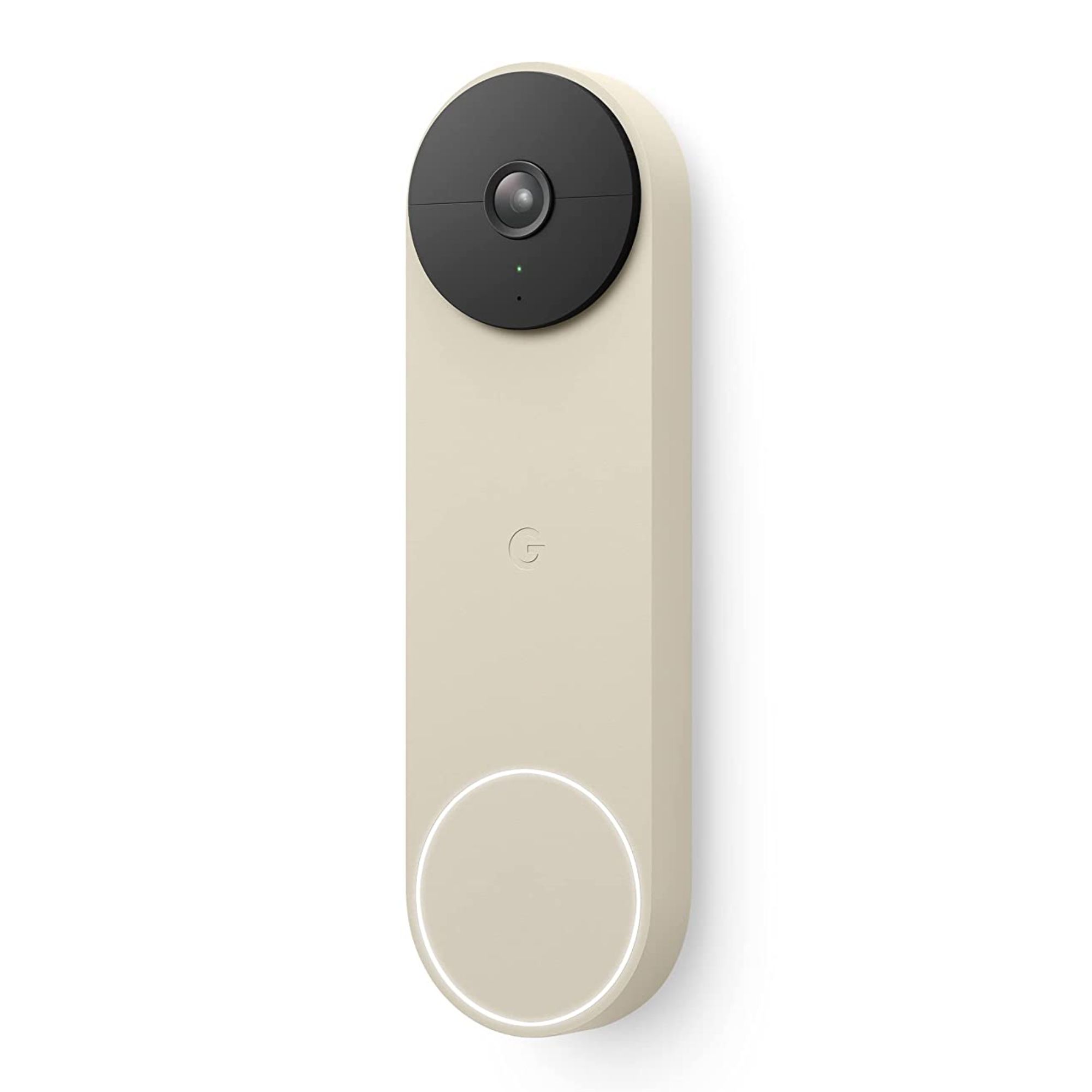
If you aren't a fan of Amazon products and use a Google ecosystem, their Nest doorbell is designed to integrate with Google Nest products.

We voted this doorbell the very best for security. It can automatically call emergency contacts if there's suspicious behavior and also has a siren if you want to deter potential criminals.
FAQs
What is the biggest problem with smart homes?
The biggest problem with some smart home devices is the lack of connectivity. This usually isn't the fault of the device or that of your network connection. This can usually be easily resolved by moving the router to a more central location and by installing wireless repeaters (available at Amazon).
Why are some people worried about smart homes?
People who are worried about smart homes are usually anxious about their privacy being breached, their data and security being compromised, and/or their smart home systems being hacked. The best way to protect yourself when incorporating smart home tech is to ensure your router is set up correctly and that all and any passwords are strong and themselves protected. Putting smart home devices on a separate Wi-Fi network to that of, say, your laptop, can also help make them more secure, as can using a firewall, ensuring devices are updated, and being alert to any unusual activities or requests.
The other great thing about modern smart tech? It can often be retrofitted without causing disruption, and the simplest gadgets can change your life.

Kate McGregor is a freelance design writer based in Brooklyn, New York. Covering everything from curated decor round-ups and shopping guides, to glimpses into the home lives of inspiring creatives, she has written for both print and digital publications such as ELLE Decor, Domino, House Beautiful, and Architectural Digest’s Clever. When not writing or on the hunt for the ideal taper candle holder, you can find Kate attempting to learn to knit (again), or perfecting her banana bread recipe.